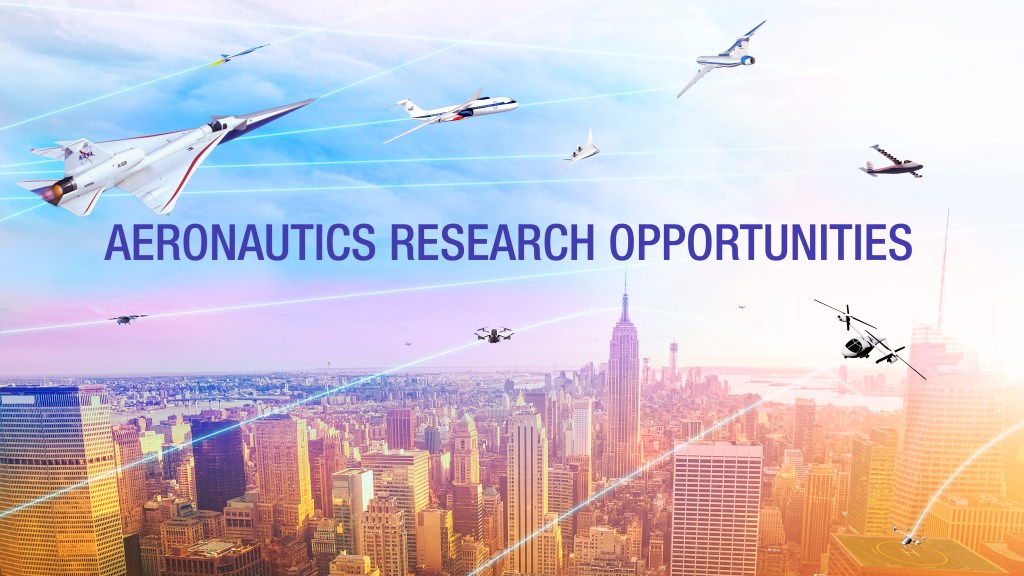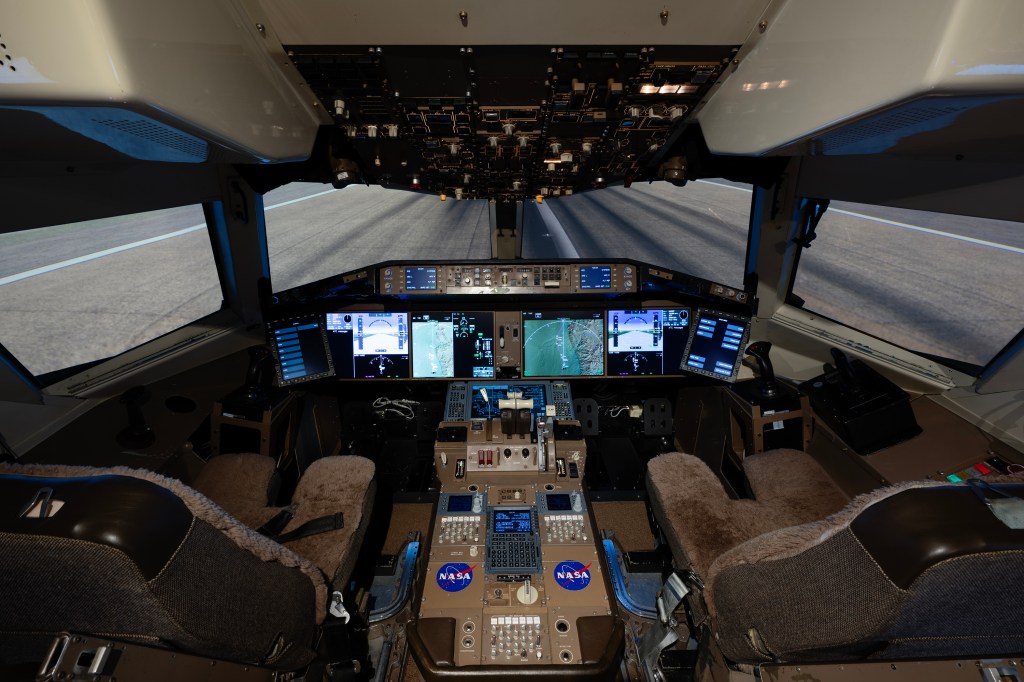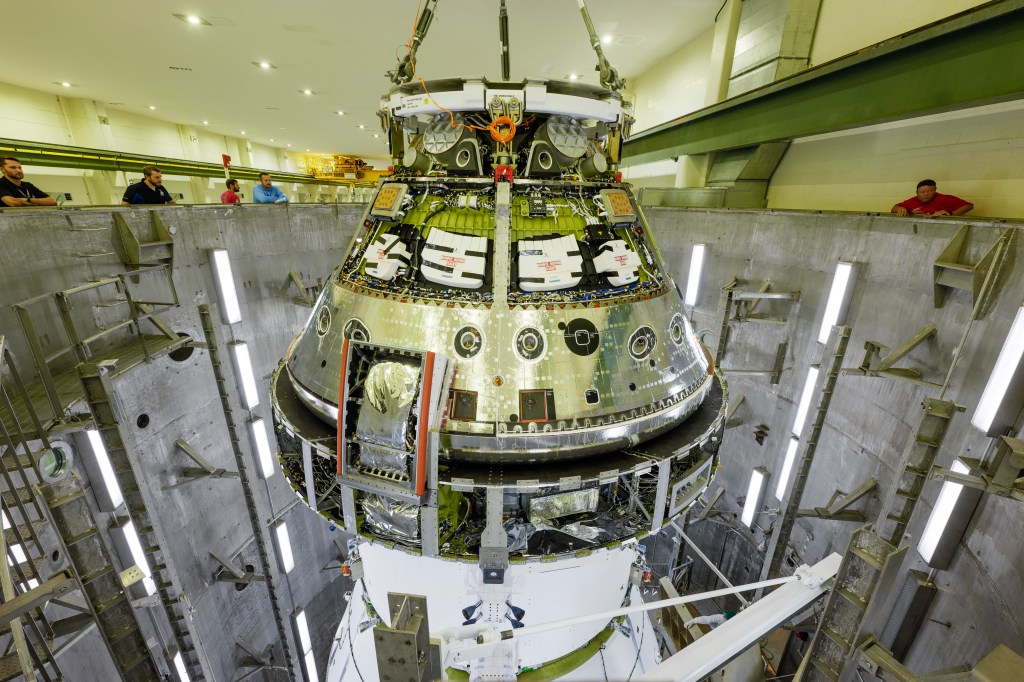Episode description:
NASA has a long history of bringing together science, engineering and art. Space exploration is a human endeavor—one that requires creativity. In this special live episode, NASA astronaut Matthew Dominick and comedian and musician Reggie Watts talk flow states, aircraft ejector seats and more. Plus, a new NASA tool that lets you make music from iconic Hubble Space Telescope imagery.
Try the app: Hearing Hubble
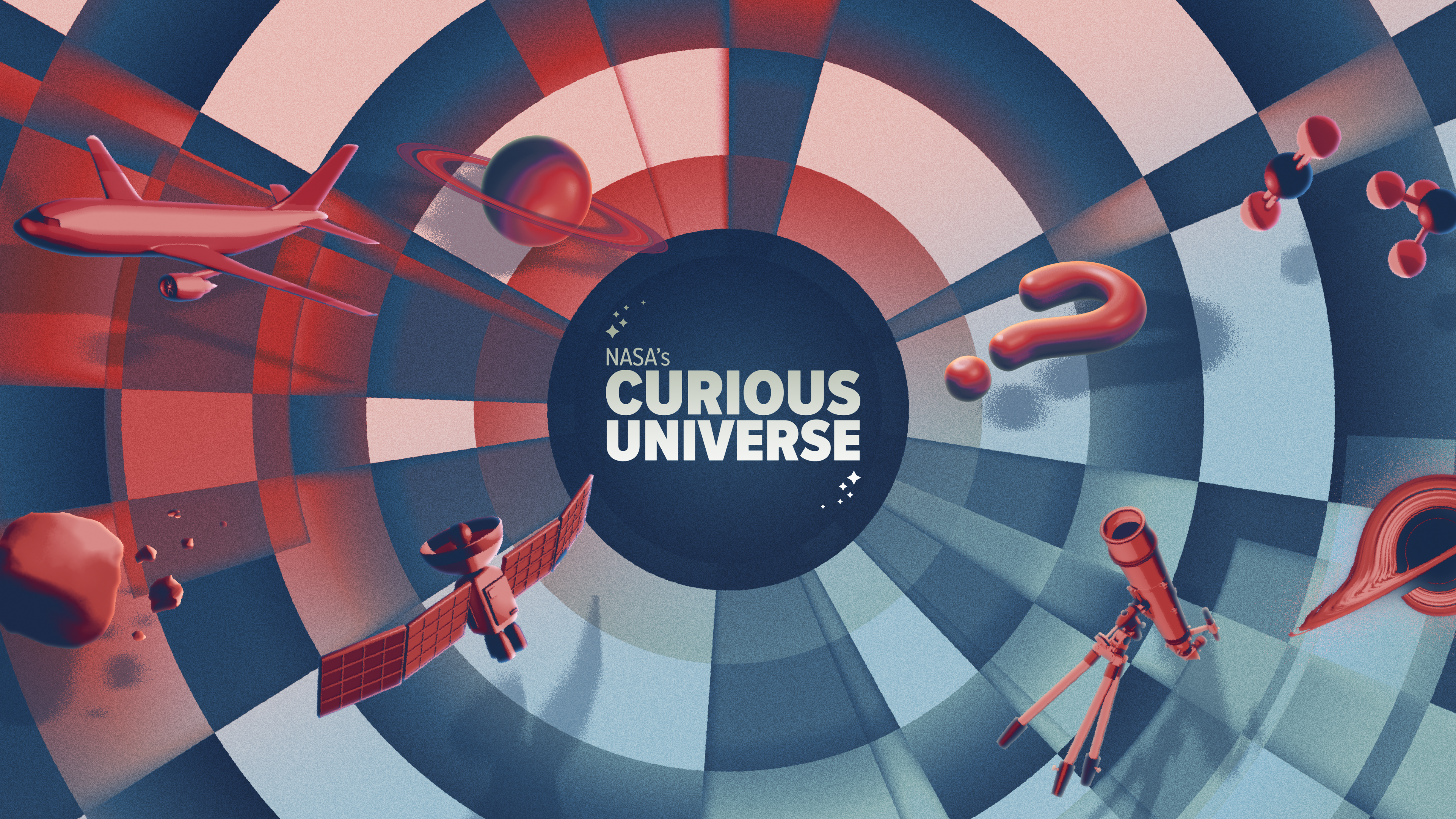
PADI BOYD: Hey space nerds, it’s your host, Padi Boyd here with something special. Recently, our team took the show on the road.
We brought Curious Universe to On Air Fest in Brooklyn, New York for a conversation on science, art, creativity and space. And, we got a chance to share a brand-new tool that lets you make music… from the universe.
Today, we’re sharing an edited version of that live show. You’ll be hearing from NASA astronaut Matthew Dominick, musician and comedian Reggie Watts and podcast producer and host Simone Polanen.
OK, this should be an amazing conversation. Here we go!
SIMONE POLANEN:
Hello everyone. Good morning. I am so happy to be joined today by Matt Dominick and Reggie Watts, and we are also going to be previewing something really cool from NASA later on. But first, I wanted to talk to you guys about art and science and creativity, because, as we know, these things all intersect. They will be intersecting very explicitly here later as well. You know, NASA does have a long history collaborating with artists. In 1962 they launched the NASA art program, where they commissioned different artists to try to translate and capture the experience of space travel, preparing to go to space. They worked with artists like Norman Rockwell, Annie Leibovitz, but as we also know, art is very intrigued by space and space travel. I’m sure you guys have your own favorite, like space-based franchise. If you want to shout out what you like to watch… Everyone said Zenon: Girl of the 21st Century? That’s awesome. Yeah, you guys both sit at the intersection of art and science in your own unique ways. So I kind of want to start by talking about that. I’m really curious, Reggie, how does science show up in your art? Matt, how does art show up in your science? Reggie, why don’t we start with you?
REGGIE WATTS:
You know, for me, it’s like growing up, I grew up, my dad was in the Air Force. And I was always fascinated with science and space exploration, aviation, that type of thing. I grew up on an Air Force base, Malmstrom Air Force Base, or next to it. But so I was always fascinated with that and that, and I think it’s that wonder that always made me come back to my instrument and project that wonder through the music I was either learning, even when I was learning classical music, it was a language that it’s a mathematical language. Even though I was, I didn’t really think of myself as a mathematician, but, learning music and the structure of music is math based. So, the wonder that was created from knowing that we’ve gone to space, seeing footage of missions, hearing Carl Sagan talk about the wonders of the universe, or Asimov, or anybody that was interested in it, and seeing movies and TV shows and Battlestar Galactica, and so I was always fascinated in that, and that definitely had a huge effect on my imagination.
SIMONE:
Yeah, how about for you, Matt, how? How does art show up in your science? I know you are an experienced photographer. That’s one way.
MATT DOMINICK:
So art is so many things. I’ll start by saying, like, my background is in NASA, you know, predominantly engineering and science, but you can’t go anywhere without art, right? Art is a communication medium, right? It’s an entertainment medium. And for me, like I imagine a triangle of engineering, science and art. And, you know, my training, my background, what I do is predominantly as an engineer, but an engineer takes what scientists teach us about the universe around us and the engineer has to be a bit of an artist to find ways to combine what we know about the universe in the laws of physics and laws of nature to create these things for humans to go explore the world around us, right? Explore the universe around us. And so we use art, like the art of combining the scientific worlds into something new, an object, a tool, a spaceship that goes to space, right? Like, I think about how the art history required to, you have a limit, about a mass you can get into space, into orbit. And this thing, like, we launched on the top of a rocket. We went really fast. We went through the atmosphere. We have all this drag. We now have to spin around the Earth, go around the Earth every 90 minutes for eight months, and then we have to come home and go through this atmosphere. And now we’re going through an atmosphere, we’re like a plane. So the spaceship is a spaceship, and now it’s a plane, and then it’s a boat. We land in the water, right? So the artistry required to make all of that work, the trades of like, well, sorry, we can’t, we need to make your seat weigh one kilogram less because we need to save that kilogram for a parachute. So that’s an art. And so I think about it that way, but then I also think about it as I’m incredibly lucky. I kind of opened up a candy bar one day, and I found the Willy Wonka ticket, right? And I got to be this human that got to escape the surly bonds of Earth, right, to quote the poem, and I got to go to space. And I have this really deep feeling inside me that I have to share with the world what I saw. And I do that, we do that through art. We have to do that through art. Because I couldn’t take, I would love to take all of civilization with us, but I can’t do that yet. Yet. We’re trying. But so, you know, the human eye is this incredible thing, but it only sees in 400 to 700 nanometers, but we do have an incredible dynamic range that cameras haven’t met yet, and so trying to capture the views we got to see out the window of 16 sunrises and 16 sunsets every day. You can only do that with art, right? And how you storytell, right? Storytelling is a big art form, and how I tell that story, or if I have an image that I took, I can show you the image and you’ll see something. But if I tell you a story about that image, there’s an art to that.
SIMONE:
Yeah, I’m really curious to hear you talk a little bit more about why you feel like art and storytelling are particularly effective tools. And this could be for either of you to try to like, yeah, translate these things that are so difficult to capture otherwise. What is unique about using art and this, like, these more creative mediums?
REGGIE:
I think what’s interesting about my path is that, because I’m interested in engineering and design and science, I just, I’ve met so many of my friends who are initially not interested in that. I mean, they’re interested in it, but not really in a way that’s conversational, or it holds a fascination in a way that I might. But what I love doing is showing them why I’m excited about what it is that I’m excited about. And if I can get them to see that, then at least maybe it cracks it open a little bit to kind of share that, because it’s another source of inspiration. You know, science is another source of inspiration. The failures of science are an inspiration. All of the wavelengths that we’re we’re using to be able to get information back, whatever that is, whether it’s on the smallest nano scale of like trying to see individual, you know, subatomic particles and things like that or evidence of those things, or how those are captured or the telescopes that see the most detail and the furthest that we can. I love that whole range of human exploration and then all the devices and techniques and the ways that things are put together. So for me, that’s the same thing as what happens when I’m improvising. When I’m improvising, I’m taking all the data around me and I’m channeling it in a way that self organizes, in so far as like, I’m allowing it to kind of organize on its own, and so I’m using all the information around me. So I think of that as a form of engineering, even though it is art, I do think of my kind of an engineer-first approach to almost everything that I do, and I think that that is a great way of looking at things, because now I have a lens I can, whatever I’m looking at is interesting.
SIMONE:
Yeah, I’m glad you brought up improvisation, because I’m sort of curious, like how, how that shows up. I love this idea of improvisation as engineering, because I imagine you need to improvise quite a bit in your role, but also I imagine improvisation requires some preparation as well.
MATT:
You have the note cards. Why don’t you talk about preparation?
SIMONE:
Yeah, that I wrote with two different pens? Anyways. You know something we were talking about before we got on stage was how creativity is like, so crucial to both of your processes, whether that’s you know, you’re troubleshooting something, or you’re trying to sort of pivot in the moment. So with that in mind, I’m really curious to hear how you guys prepare, like before you are stepping on stage, before you are launching into space. What are you nailing down? What are you leaving open, you know, to the moment, and when do you find yourself leaning most into this like creative headspace?
MATT:
So there’s this phrase. I don’t know where I learned it, where it came from, but I’ve heard it throughout my career. So my background was flying for the Navy. Flew airplanes for the Navy, then it became a test plot for the Navy, and I joined NASA, and so I have a long and, you know, it makes me feel old, but I’m approaching 20 years of doing that and having a long career of dealing with highly technical things in a fast paced environment moving fast, where decisions have to be made very quickly, or you lose lives. And so that’s, that’s, you know, that’s one of my backgrounds from my career. And how do you prepare for a moment where you only have a couple seconds to make a life or seconds to make a life or death decision? You do that by preparation. And so one of the phrases, I can’t remember where I picked it up, but it’s used frequently, and it’s, we call it failure of imagination. And so when we look at an engineering problem or a structure or something, we’re prepared to go do, we try and think of all of the failures that are going to occur, like, what it’s going to break, what’s going to kill us, what’s going to fail, what’s going to cause us to fail a mission? And so, you know, I will, like, I will go for long walks, right? When I’m thinking about tough problems, and that’s how I manage, you know, I try and go, let my creative mind, I will go have conversations about something wildly different, right? Like I’m super excited to be here, because this is not the normal group of people I get to hang out with, right? Like this is a room filled more on that triangle full of artists, right? But I will have conversations today. I’m super looking forward to conversations to hear about how people work and how people think and prepare, because I might hear something new and that will go into my brain, and then sometime a year or two or five years from now, that piece will assimilate like you assimilate all these different things that allow you to improv, right? You have an incredible skill to improvise. You know, to do improvisation on the spot, and so you try and get as many pieces of the puzzle together, so that when you do have to improvise real time, you’ve thought through the foundation, right? You’ve thought through a thousand possibilities. And now this thing that’s occurring, you’ve never thought of before, but it’s like just one little tweak different than this thing you’ve experienced before. It’s only slightly different, and you can apply it or combine a couple different things. And I know that sounds really like, big picture meta, but that’s really how it actually works. And so we commonly, I will sit in meetings where we’re discussing, you know, a new spacecraft design, and we’ll talk about, OK, where is our failure of imagination? Where are we failing to imagine this future thing? And we stand on like, it’s a common phrase from Newton. I think it’s Newton, smart dude. We stand on the shoulders of giants, right? And those giants are all the people you interact with, or the books you read. Like, I go read books that are nowhere near the topic that I’m working on, but I will find answers in that book for the problem I’m working on.
SIMONE:
Man, I, this is a question for both of you. It would paralyze me to think through all of the possible ways I could die. I understand how essential that is in preparation. But I don’t know the way I’m built. I’m like, I feel like I would have a really hard time processing that, and then conversely, I would have a really hard time, I think, taking in all of these different data points in my space and figuring out on the fly, how am I distilling these? Which one of these am I like, trying to translate? So I’m very curious to hear about how you deal with processing this data, because you guys seem super chill up here talking about all of this. When I’m on the inside I’m like, Oh my God, that sounds terrifying. Tell me your secrets.
REGGIE:
Yeah. I mean, yeah. You know, it’s funny. I think of it as, like, time dilation. It’s almost like buffer memory, if anybody remembers CDs, CD players with like, a minute of buffer memory, but it’s pre-scanned. The music that you’re listening, the music that you’re listening to in real time is actually kind of in the past, because it’s already pre-loaded in the buffer memory. So I think of improvisation in that way, it’s sometimes you’re improvising, but you’re listening as though it’s already been written. You’re slightly ahead experiencing what you’re doing. And I think there’s this time dilation that happens like and the concentration that happens, where you just go into this like, flow state, and then all of the experience you’ve ever had comes into action and into play, and so that you’re able to make these micro adjustments in these really crucial times, whether it’s improvising for 10,000 people and not having an idea what I’m going to do as I’m walking up stage and like, grabbing the microphone, I don’t know, I guess I don’t know how I’m going to start, you know, and then something happens, and then I’m doing it, but, but I know that I’m in the flow state, I guess, when I’m actually observing the performance and but we do that all the time. We do it when we’re washing dishes. You’re like, washing a fork, and you’re not, you’re thinking about something else, but you’re just automatically washing a fork. That’s like a form of flow state. Flow states happen on micro levels all the time. So it doesn’t have to be this grand example of like, I’m going on stage in front of 10,000 people. It could be you improvising, grabbing your keys when they slipped out of your hand because you felt them starting to slip.
SIMONE:
I see, alright. When I ask you to do the dishes, I’m inviting you to enter a flow state. So that’s one way to reframe it.
MATT:
Enter flow state, execute dishes. Boop boop beep boop boop boop.
SIMONE:
Since we’re on the topic of flow state, I’m curious what parts of your work do you feel like you enter that state most?
MATT:
Yeah. The flow state. So I’m a person that’s got a thousand ideas going through my head all the time. That’s my nominal state, until I enter stress mode, right? And so then you kind of snap into hyper focus, right? And so stress, I love stress, because it allows me to hyper focus on things, right? Like you know exactly what I’m talking about. You’re all over the board. I just met you backstage. You’re all over the board with a thousand ideas. Sorry, I’m not your therapist. I’m the one on the couch. Anyway, you and I are clearly all over the board, I’ll say it for myself, right? Like we’re all over the board. But then as soon as stress hits you hyper focus on something, right? And it’s super awesome. And so the government has known this for a long time, or professional organizations that do that know about stress and stress inoculation, and you get inoculated to that stress, right? It’s the same thing. You just get exposed to stress, get exposed to stress, get exposed to stress until it’s like a vaccine. You’re immune to this stress thing. So we do a lot of that. We constantly expose our crew people to stress, so you’re just used to it, and then you love it.
SIMONE:
Micro-dosing stress.
MATT:
There we go. That’s the term, microdosing.
SIMONE:
Are you also, are you micro-dosing confronting death? And is that how you’re able to sort of game out these different scenarios?
MATT:
Sure, are you trying to keep me on track? I had this really clear memory when I first started flying airplanes that had ejection seats. So an ejection seat, they’re typically for airplanes that don’t do well without engines. No airplanes do well without engines, except maybe gliders. But there are airplanes that are really bad without engines because they don’t glide, typically, fighter jets, yeah, like that. That’s a very excellent model. And so you start flying these airplanes that have ejection seats, and it’s you’re sitting on, like a bunch of explosives that propel you out of the airplane, and a parachute opens and you land safely. And so I remember the first time I started flying airplanes with ejection seats, and we would always brief before the flight. OK, you know, if you lose this, this and this, we’ll just go ahead and eject. And eject. And they would move on to the next topic, and we’re like, hold on a second. We’re just gonna gloss over the fact that we’re gonna eject? Hold on a second. But it was just this very common like, OK, yeah, so the first step for ejection is, you separate right here. And I would sit in the airplane, and there’s this little yellow and black handle that sits right between your legs, like this, I’m flying this airplane, I keep looking at this thing just like, and then after a period of time of flying with this weird handle between your legs that just says, I’m gonna blow up this airplane and I’m gonna fly out in a fireball. Like, why do we put this handle right here? That seems like a convenient spot. Now, I’m just like, oh yeah, that’s whatever.
SIMONE:
Yeah. But you love stress, so you love it right?
MATT:
Now, I do. But that was like, years of training.
REGGIE:
It’s like having your, it’s like your finger on some like, like the nuclear, like a nuclear weapon. It’s just right there.
MATT:
This is the wings fall off switch. This is the airplane blow up switch. We’re just gonna sit you right here.
REGGIE:
It’s just right there, just so, you know, it’s right there.
SIMONE:
My intrusive thoughts could never.
MATT:
But I went 10 years, 15 years doing that, and then I joined NASA, and we have airplanes with ejection seats, and we started flying with engineers. So I started flying with engineers and scientists in the airplane, and I got to watch them go through that process. It was so fun. They were I’d see them like, they’re like, doing the awkward move. And they’re like you just glossed over the ejection. Yeah, it’s fine. We just don’t pull the handle. What’s the question?
SIMONE:
I feel like we don’t have enough time. I could ask you so many more questions about that. I do, though, want to turn to our demo that we’re going to do here today….
PADI: OK, the demo! This is Padi again. At On Air Fest, we debuted a new tool… a data sonification app called “Hearing Hubble.” It lets anybody turn the iconic image data from the Hubble Space Telescope into music.
Now, you can’t see the screen above the stage that our live audience could. So here’s what the Hearing Hubble app involves…
A Hubble image appears on screen, like a gas cloud, a cluster of stars or a galaxy. There’s a sidebar with menus and buttons to adjust the instrument playing, the mood of the harmonies and so on.
When you click the “play” button, a scanner sweeps across the image, just like a needle on a record player. And based on your selections, the app translates the image into music.
If you want to give it a spin, we’ll link the app in our episode transcript at nasa.gov/curiousuniverse.
So, we got the app up on screen and handed the controls over to Reggie Watts. Remember, he’s a musician.
SIMONE:
Oh, great, perfect. Yeah. So we’ve got these awesome images taken from the Hubble telescope. We’ve got these little knobs that we can play with on the side. But before we get to previewing that, I’m curious for you guys, like, what do you think changes for us to see or hear data arranged in this way. Like, how does this change, like, how does this for you change your relationship to how you’re thinking about space?
REGGIE:
Well, I mean, you know, I have a saying as well, which is, well, actually, I don’t think it’s my saying. I think humans have said this. But everything is everything.
SIMONE:
Oh I’ve never heard that…
REGGIE:
OK, cool, all right, cool, right on. But for me, it’s like, you know when you, whatever you do, as long as you’re involved in the level of understanding how things happen with whatever you’re doing, you can apply it anywhere. So for instance, a synthesizer, this is just a synthesizer that’s using different data points that are triggering whatever it’s assigned to that makes noise, and that’s kind of it. So you’re just using a data set. However, it makes it interesting, because the data set is once you, once you decide what the maths are for what it is that you’re seeing and how that’s interpreted into the data set, then this is just an interpretation of that using a synthesizer overlay. So it’s an exciting way of creating synthesis because it’s slightly randomized, but it’s based off of this space data, which is pretty sick.
SIMONE:
Matt, what’s your reaction to our sonification tool here?
MATT:
I mean so many reactions. You know, I made me, I thought about it, and I immediately brought back, like the cosmic background radiation of the universe that’s left over from the Big Bang, 14 something billion years ago. You know, if you have a classic analog TV, you can see, like, one, you know, a small percentage of the static that’s on that TV that you’re seeing on that TV is from the Big Bang, right? That’s like, I don’t know, it’s a small couple percentages. And so just the idea that we are changing, like the Big Bang happened, microwave radiation came out. It’s impacting the antenna, and it’s being translated into a frequency or a wavelength that your mind or ears can hear, right? So like, the human eye can only see 400 to 700 nanometers, right? The Hubble can see infrared and ultraviolet, but your eyeballs can’t. And so we’re translating, you know, the incredible electromagnetic spectrum, which goes from very low frequencies to very high frequencies that we can’t see or detect as humans, into a range that we can see and feel, right? So here we’re taking Hubble, which can see in infrared and ultraviolet, and we’re converting it into the 20 to, you know, the 20 hertz to 20,000 hertz that the human ear can see, right? So that’s our hearing range. We’re just putting it in a way that we can see, feel, in an artistic way, and that’s the nerd in me coming out.
SIMONE:
Awesome. No, we love it. Let’s play around with this. So Reggie as our resident musician, improviser and vibe capturer, I’m going to ask you to play around with this tool, and can you compose something that matches our vibes right now?
REGGIE:
Sure.
SIMONE:
And I’d love to hear you talk through your process as you’re going through it.
REGGIE:
Well, I’ve never used it, but let’s see how it works. OK so here we go. Oh I see, OK.
[SONIFICATION SOUNDS]
SIMONE:
All right. So right now the notes are playing based off of the brightness. We’ve got our harp going, a smoother sound wave, but these are all things that you can adjust. Ooh.
REGGIE:
Let’s try harsh [Beat-boxes] Oh, there we go. Get her done.
SIMONE:
Ooh it got very, like, spiritual.
REGGIE:
At our spa, we believe that all human consciousness is… Let’s try gentle. Oh that’s nice. Oh, piano. Oh yeah, here we go. Ooh, tense.
SIMONE:
What’s our vibe, Reggie?
REGGIE:
I thought it said Hauntina.
SIMONE:
Very Hauntina in the room today.
REGGIE:
This is my daughter Hauntina. Boo. Yeah, yeah.
SIMONE:
This feels like it matches.
REGGIE:
Yeah, kind of Hauntina. Ooh, sassy.
MATT:
How do you write music that’s sassy?
REGGIE:
I think you just gotta go for it. Oh here we go, fast. That’s nice. That’s so cool.
SIMONE:
It’s giving a chaotic meditation, yeah.
REGGIE:
Well, it’s also so fast, so if you take it…
SIMONE:
Ah, we’re back at the spa. Amazing.
REGGIE:
Let me know if the pressure is too much, well, so you take your time, and I’ll be outside and just have some water…
SIMONE:
Unfortunately, that’s our time, guys. I wish we could hang out here all day. Thank you, Matt. Thank you Reggie. It was so great talking to you guys, and thank you all for being here with us.
REGGIE:
Thanks, Simone.
EMCEE:
Keep it going for Matthew Dominick, Reggie Watts and Simone Polanen.
[Music: Hubble flute composition]
PADI: This is NASA’s Curious Universe. This episode was recorded live at On Air Fest in Brooklyn, New York and produced by Christian Elliott.
Our executive producer is Katie Konans. My co-host is Jacob Pinter. The Curious Universe team also includes Maddie Olson and Micheala Sosby.
Krystofer Kim is our show artist. Our theme song was composed by Matt Russo and Andrew Santaguida of SYSTEM Sounds, which is actually the same team that also built the Hearing Hubble app.
Special thanks to the On Air Fest organizers for inviting our team.
If you want to turn space into music, search for “Hearing Hubble” or click the link in the transcript for this episode.
As always, if you enjoyed this episode of NASA’s Curious Universe, please let us know. Leave us a review, and send this episode to a friend who needs more wild, wonderful adventures in their life.
And remember, you can follow NASA’s Curious Universe in your favorite podcast app to get a notification each time we post a new episode.
Oh, and what you’re listening to right now is an original composition by musician Jacob Rudin, performed live at On Air Fest. It’s music based on Hubble imagery. We’ll leave you with that today…

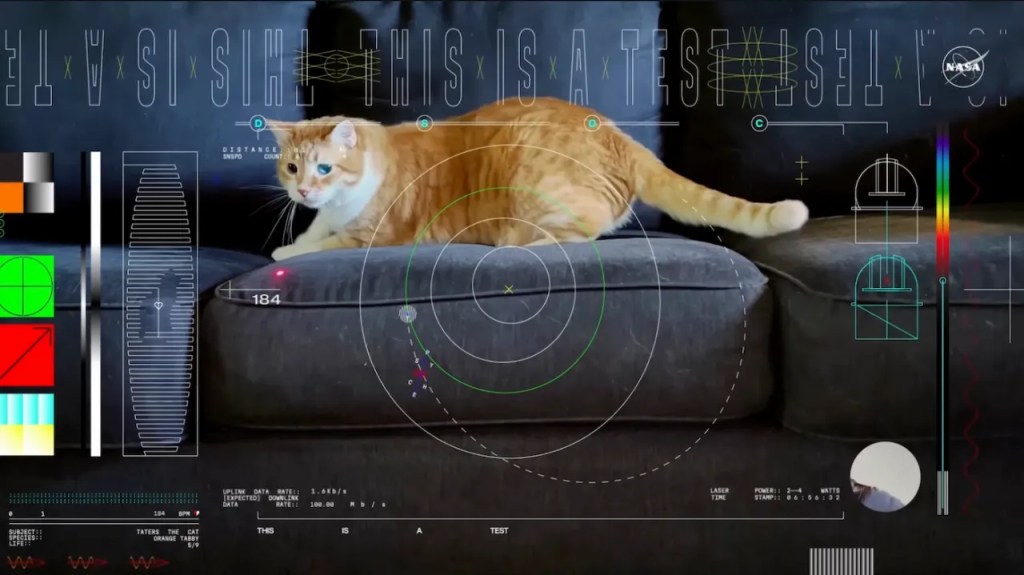
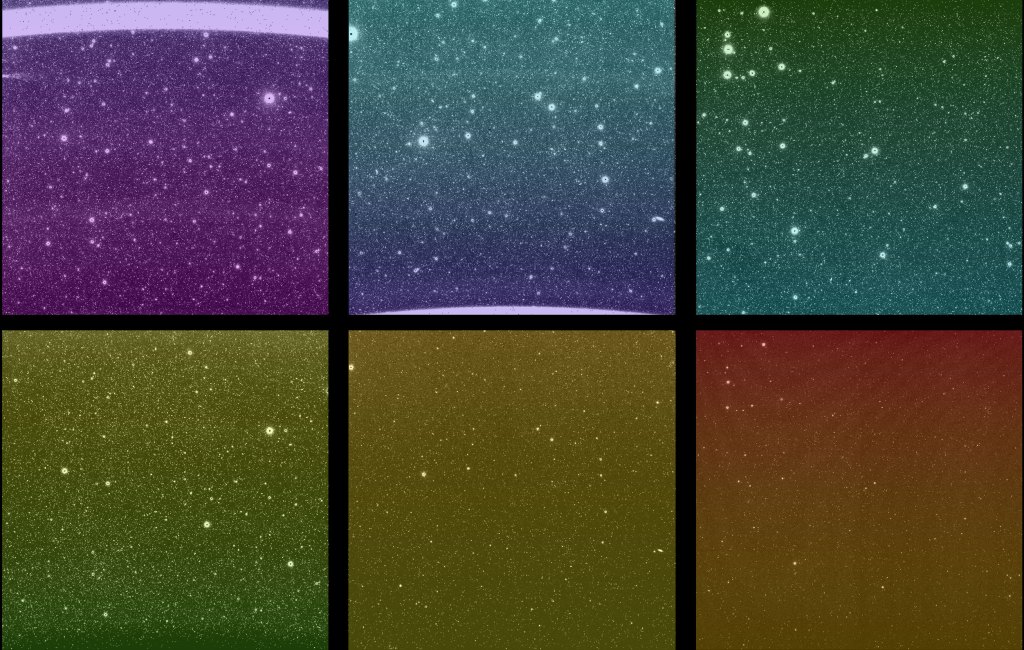
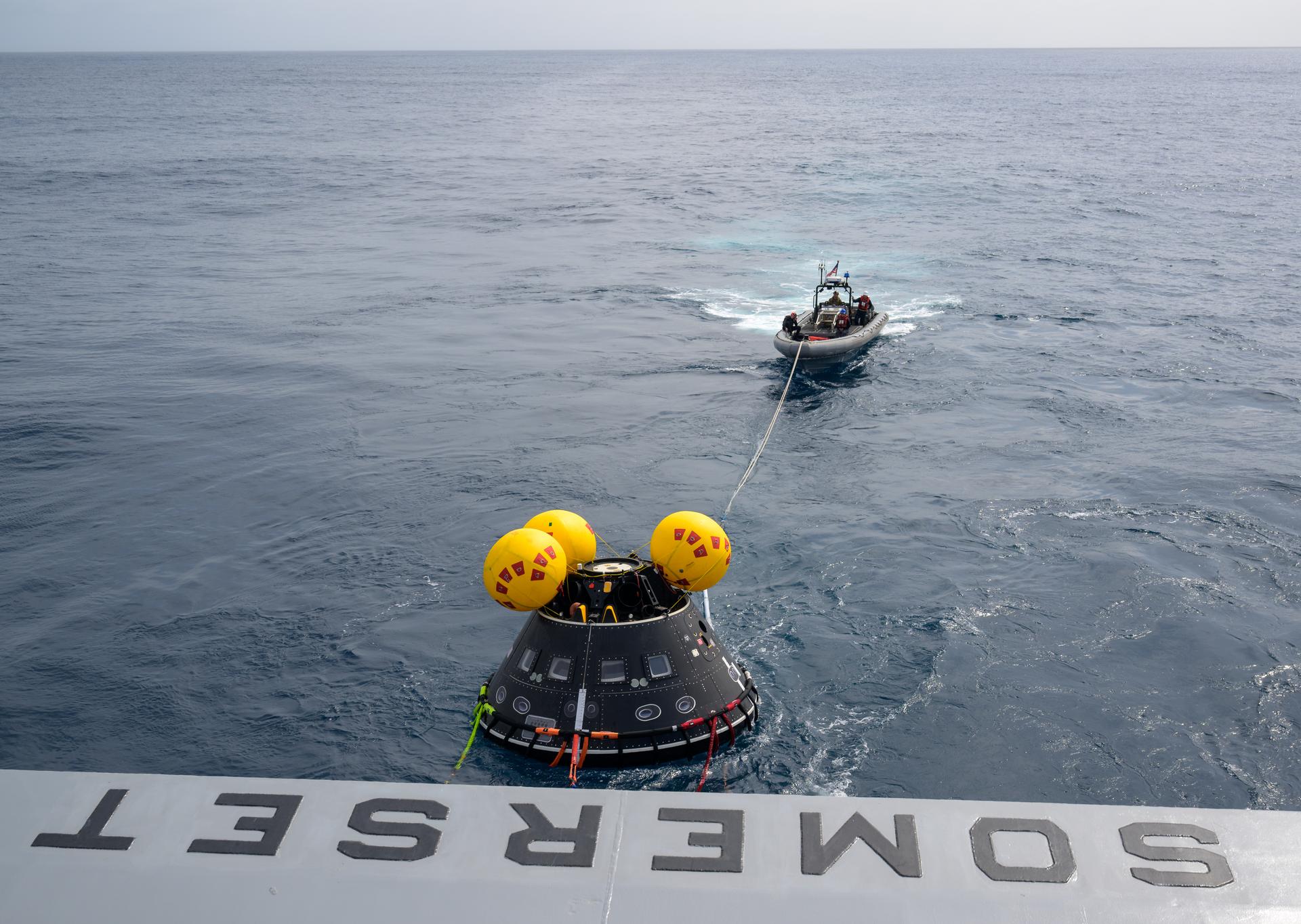
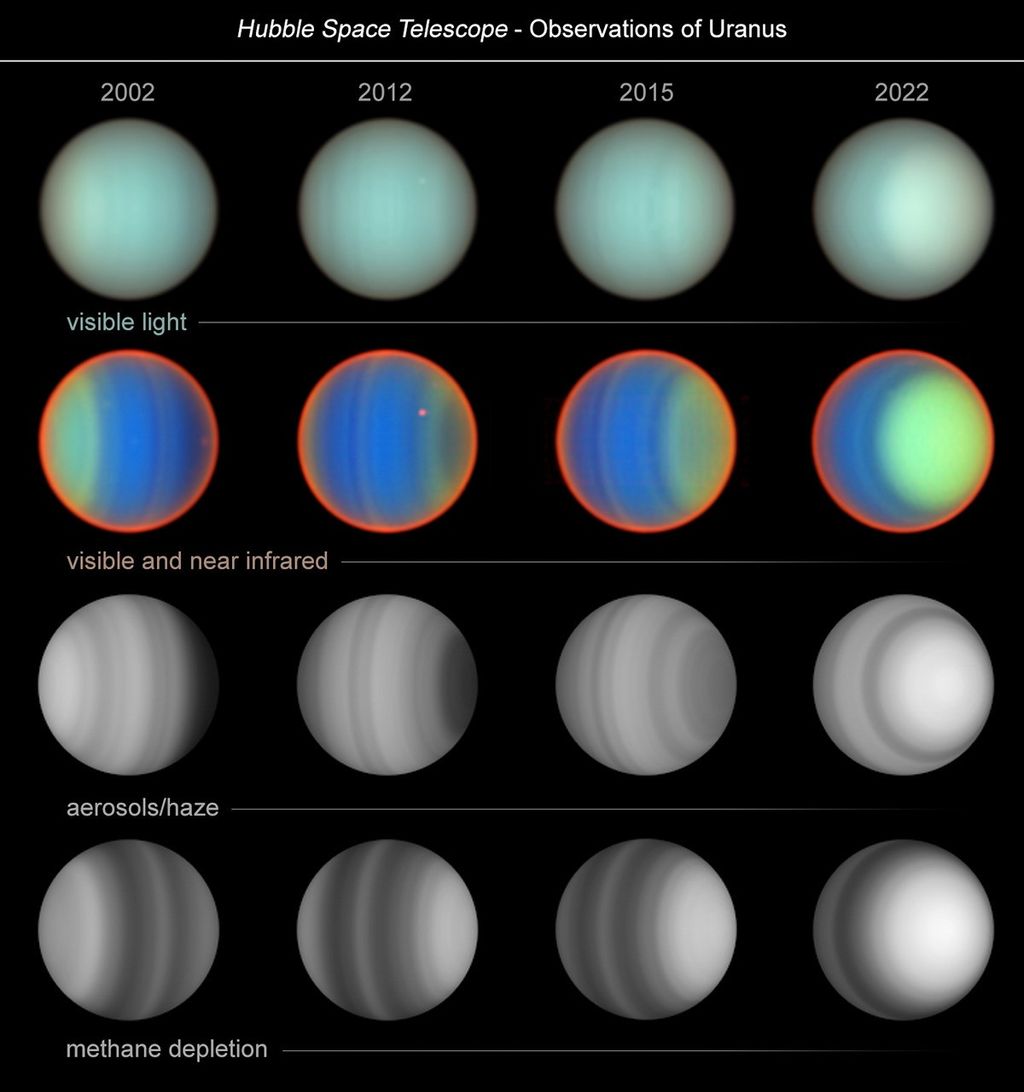
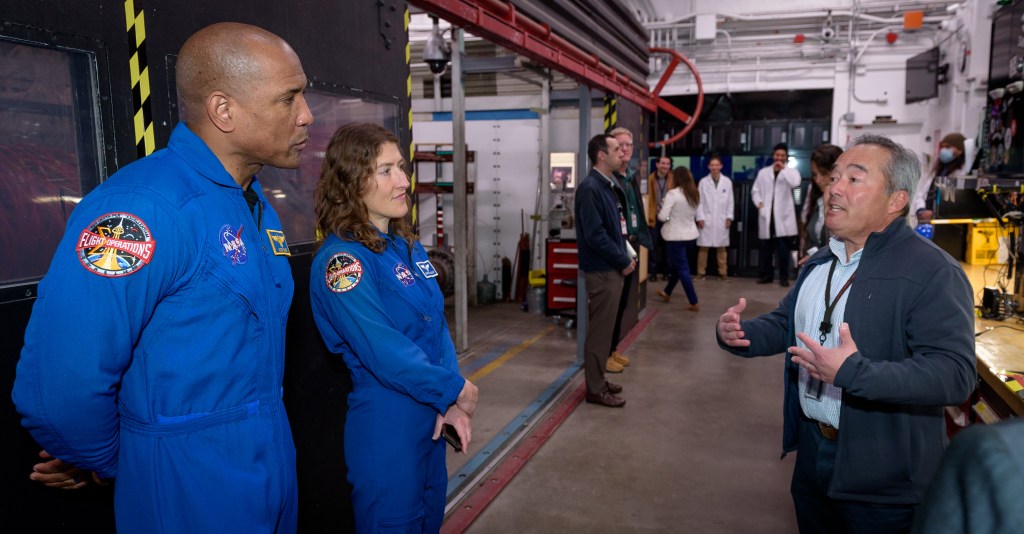
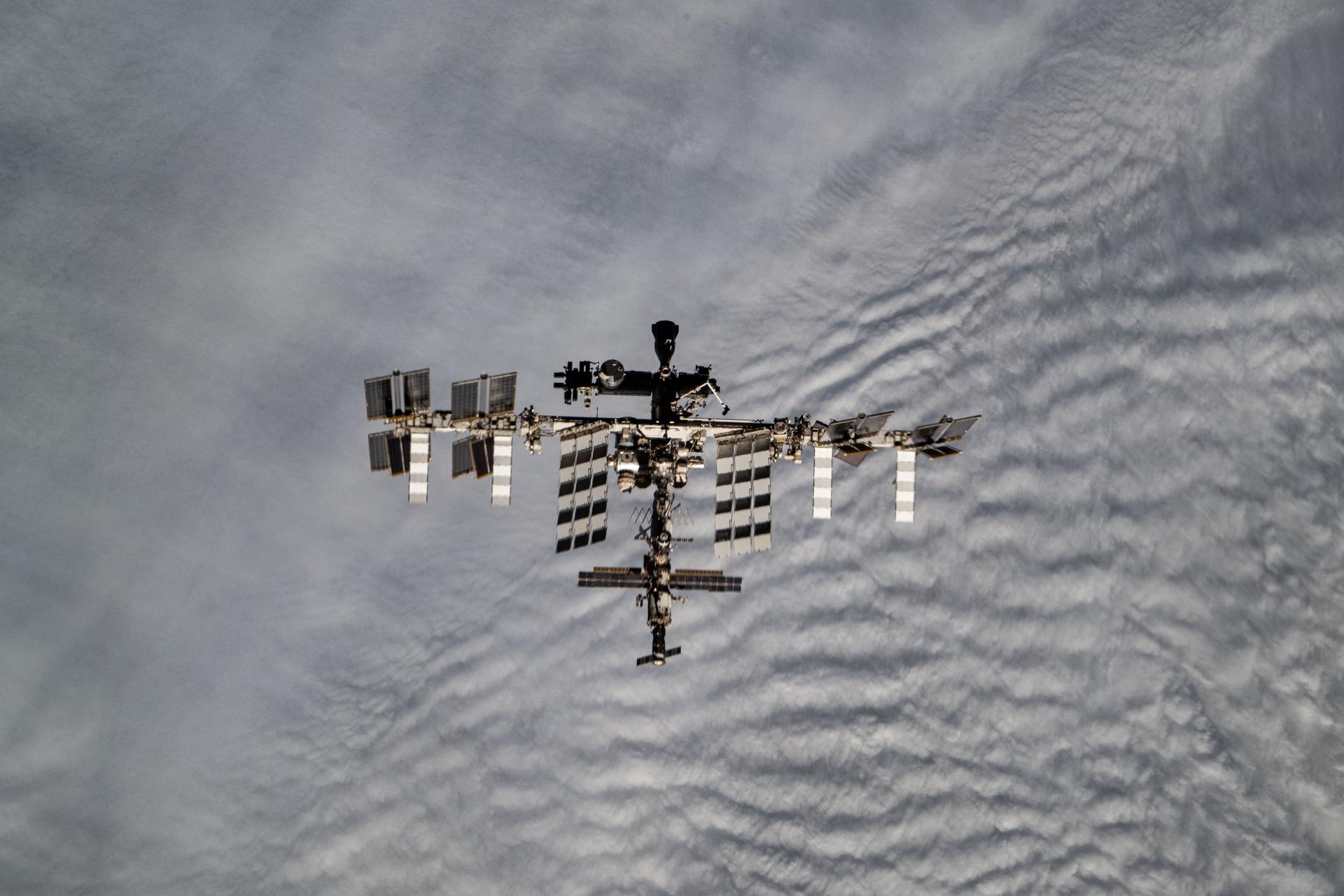


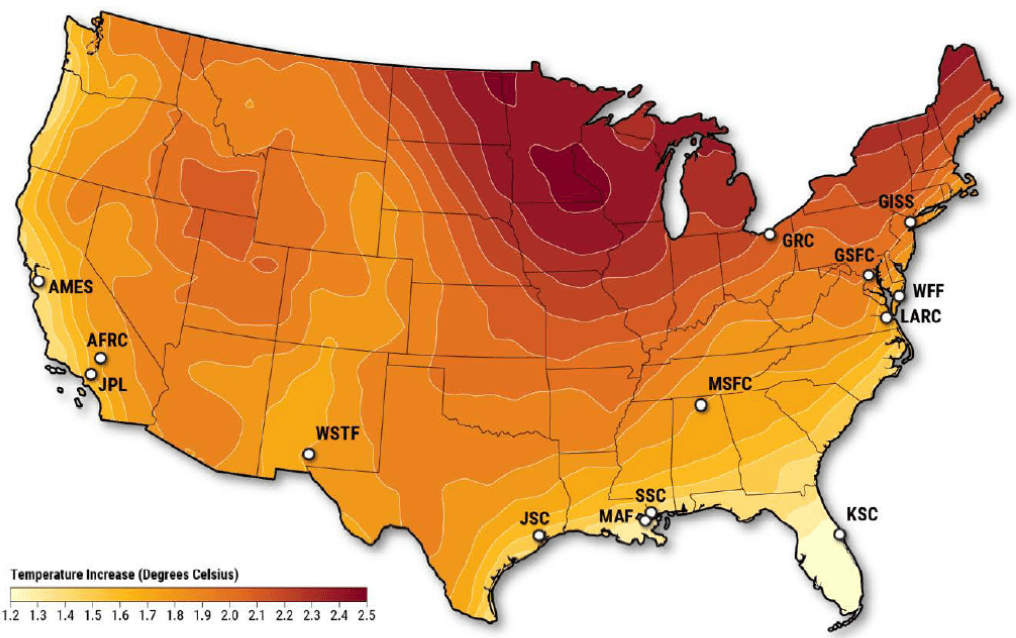
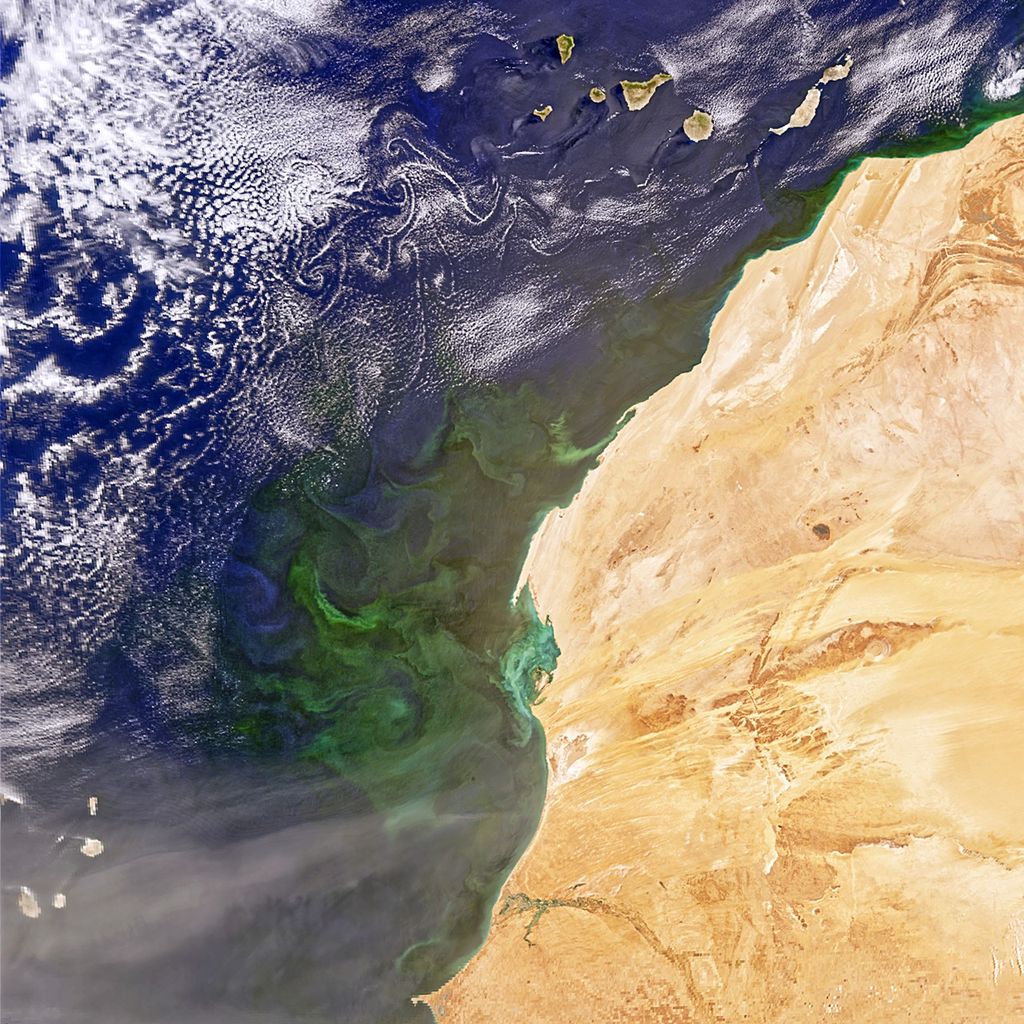
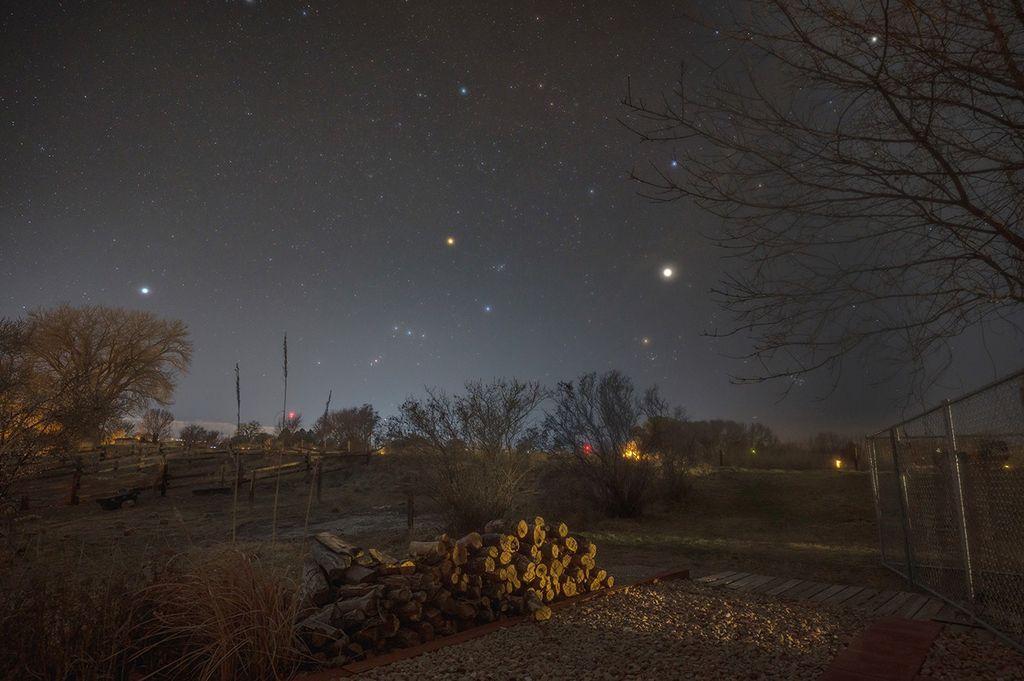

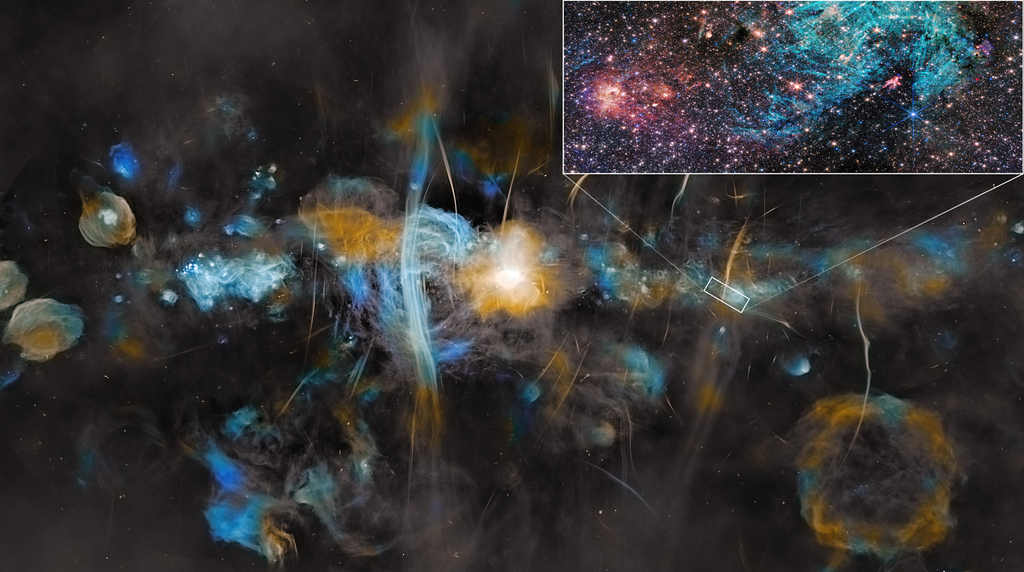

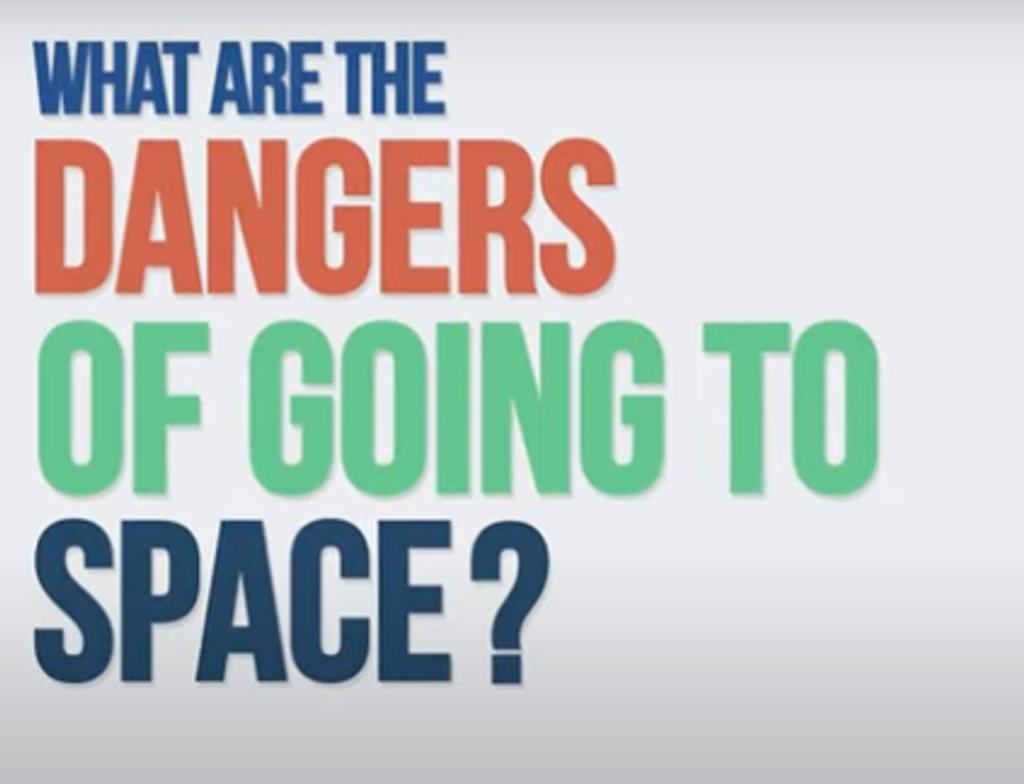
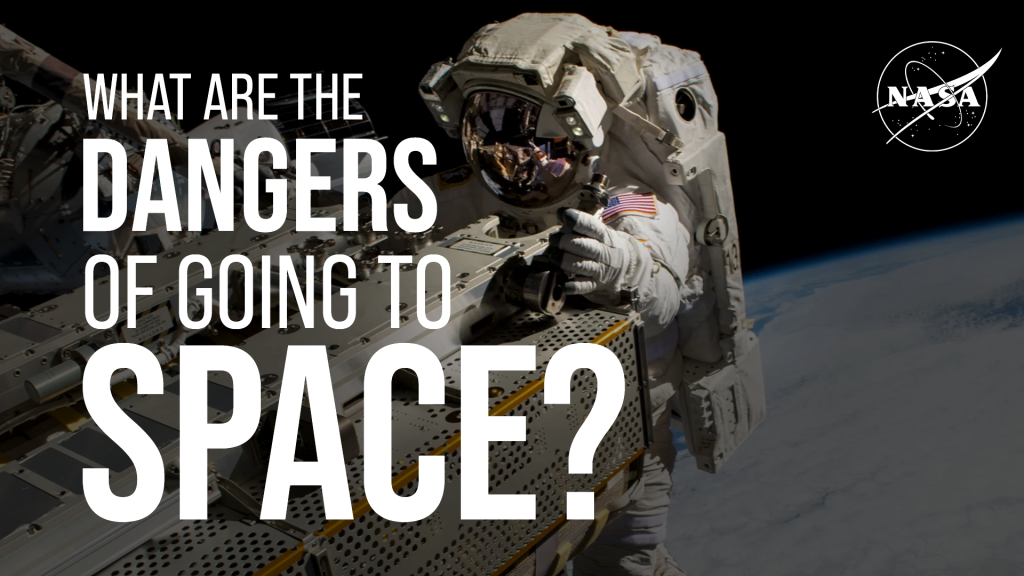
/quantum_physics_bose_einstein_condensate.jpg?w=1024)

